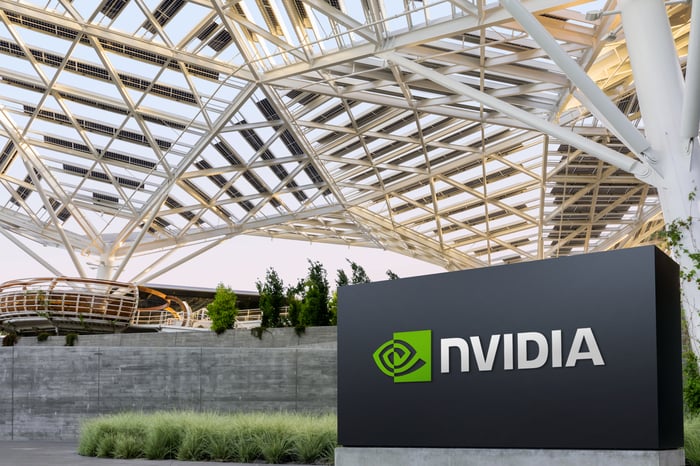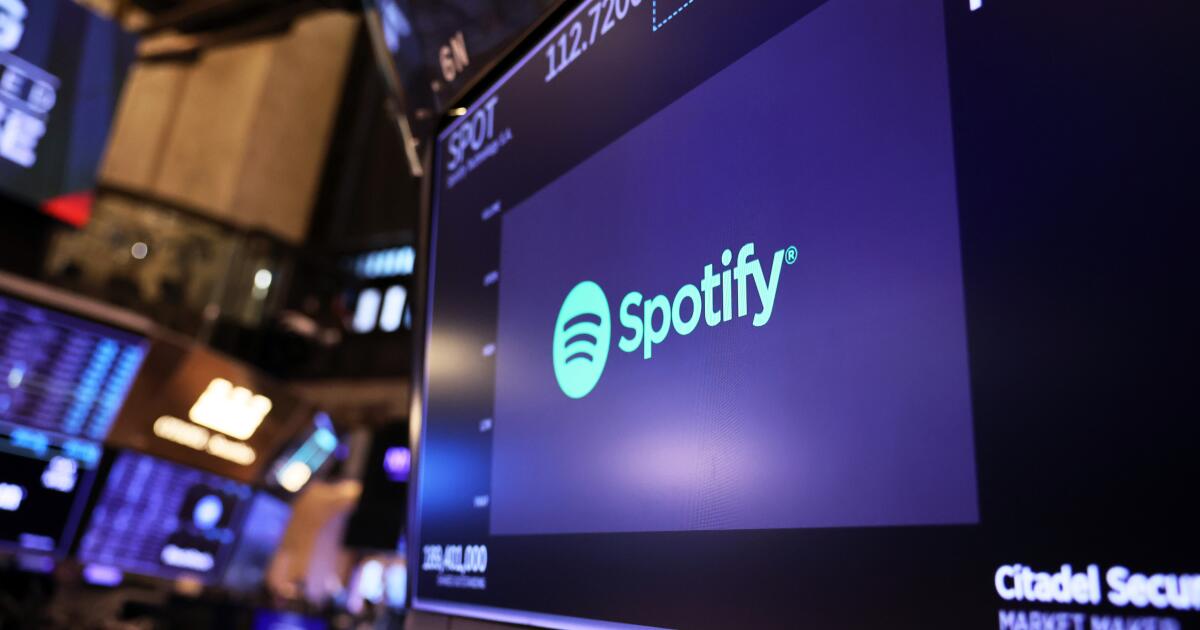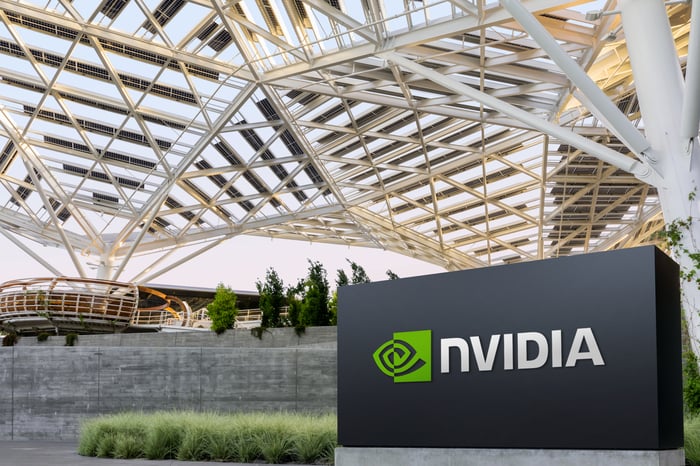Nvidia’s insider trading activity paints a picture worth a thousand words.
Three decades ago, the advent and proliferation of the internet changed the growth arc of corporate America forever. This game-changing technology allowed businesses to move beyond their brick-and-mortar settings, as well as broke down barriers for everyday investors by giving them access to financial statements, balance sheets, corporate presentations, and leading business stories at the click of a button.
For decades, investors have been waiting for the next big technology to push corporate America forward. The evolution of artificial intelligence (AI) looks to have answered the call.
In Sizing the Prize, the analysts at PwC forecast a $15.7 trillion jump in global gross domestic product by 2030, courtesy of AI. With an addressable market this large, it’s no wonder AI stocks have soared.

Image source: Nvidia.
But among the hundreds of public companies that have benefited in some way, form, or shape from the AI revolution, none has enjoyed a bigger boost than Nvidia (NVDA -2.78%). The world’s largest publicly traded company has added around $3.8 trillion in market value since 2023 began, with its shares up a cool 1,070%, factoring in a historic 10-for-1 stock split in June 2024.
Although Nvidia would appear to be unstoppable, the people who know it best are sounding a warning that’s arguably unmistakable… if investors are paying attention.
Nvidia has become practically synonymous with “artificial intelligence”
Nvidia became the face of the AI revolution thanks to its graphics processing units (GPUs), which act as the brains of enterprise data centers. Its Hopper (H100) and Blackwell chips account for the bulk of all GPUs deployed in AI-accelerated data centers.
One of Nvidia’s core advantages is that no external competitors have come particularly close to surpassing the compute capabilities of its AI hardware. Nvidia CEO Jensen Huang would prefer to keep it this way, with Huang overseeing the expected launch of a next-gen chip annually.
The production ramp-up has already begun for Blackwell successor Blackwell Ultra, with deliveries of the Vera Rubin and Vera Rubin Ultra expected to take place in the latter half of 2026 and 2027, respectively. Nvidia is unlikely to cede its compute edge anytime soon.
Building on this point, it has AI GPU scarcity working in its favor. Even with Taiwan Semiconductor Manufacturing doing what it can to meaningfully expand its monthly chip-on-wafer-on-substrate capacity, demand for Nvidia’s GPUs continues to handily outpace their supply. This is an enviable position that’s allowed Nvidia to sustain a premium price on its hardware, which has provided a lift to its gross margin.
There’s also the unsung hero of Nvidia’s operating model: the CUDA software platform. CUDA is the toolkit used by developers to maximize the compute abilities of their Nvidia GPUs, which includes building and training large language models. CUDA is an effective lure that keeps existing clients loyal to Nvidia’s ecosystem of hardware and services.
With shipments of AI GPUs to China back on the menu and orders for its next-gen chips backlogged, the sky would appear to be the limit for Nvidia — but you wouldn’t know it by looking at the track record of its insiders.
Nvidia’s insiders offer a clear warning to Wall Street and investors
An “insider” is someone at a publicly traded company with access to nonpublic information, such as a member of the executive team, someone on the board of directors, or a beneficial shareholder with a greater than 10% stake. No one understands the catalysts and pitfalls of their company better than these folks.
Thanks to Wall Street regulations, insiders are required to report their trading activity within two business days of a transaction via a Form 4 filing with the Securities and Exchange Commission. In other words, if insiders of a company are buying or selling shares or exercising options contracts, investors will know about it.
Nvidia’s insider trading activity is sounding a warning that Wall Street and investors would be wise not to ignore.

Image source: Getty Images.
Over the trailing-five-year period (as of this writing on Sept. 3), insiders have sold a net of $4.7 billion worth of Nvidia stock.
However, there’s an asterisk that accompanies insider selling activity — namely, executives receive the lion’s share of their compensation in the form of common stock and/or options. Often, stock needs to be sold to cover their federal and/or state tax liability. Likewise, options need to be exercised before they expire, which can result in tax-based selling. The key point is that selling activity from insiders isn’t automatically a bad thing.
But there’s another side to this coin — and that’s where the real worry arises.
While selling activity has been persistent over the last five years, buying has been virtually nonexistent. The last purchase from an executive or board member occurred on Dec. 3, 2020, with CFO Colette Kress reporting respective purchases of 100 shares for each of her sons. Prior to Kress, director Stephen Neal acquired 948 shares, in aggregate, from Sept. 21, 2020, through Sept. 25, 2020. Cumulatively, the people who know Nvidia best have spent only $581,000 of their own money to buy its shares over the trailing half-decade.
Whereas numerous reasons exist to sell stock, there’s only one reason to be a buyer: You believe the share price will head higher. If none of Nvidia’s executives and directors are willing to take the plunge with shares up 1,070% in less than three years, why should investors be expected to jump in?
Despite Nvidia having a rosy long-term forecast, its price-to-sales ratio of more than 25 is bordering on bubble territory. Further, no next-big-thing technological advancement in over 30 years has avoided an eventual early-stage bubble-bursting event. The lack of buying from insiders paints a picture worth a thousand words.


